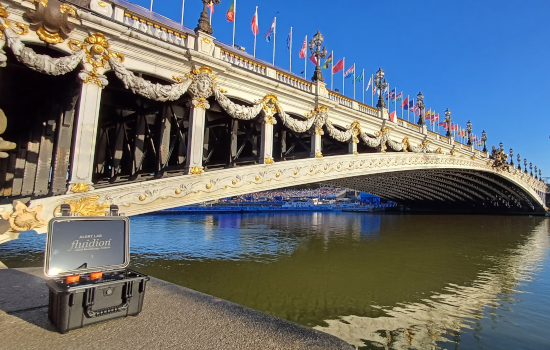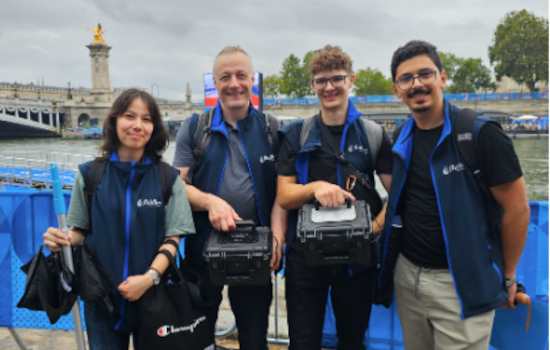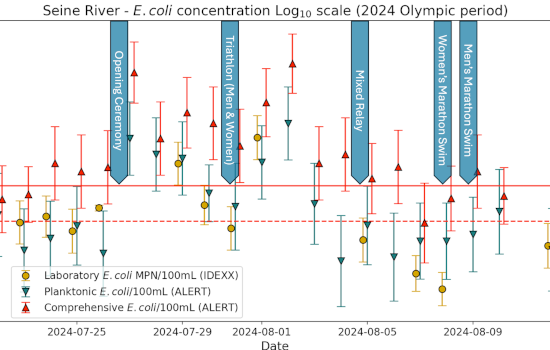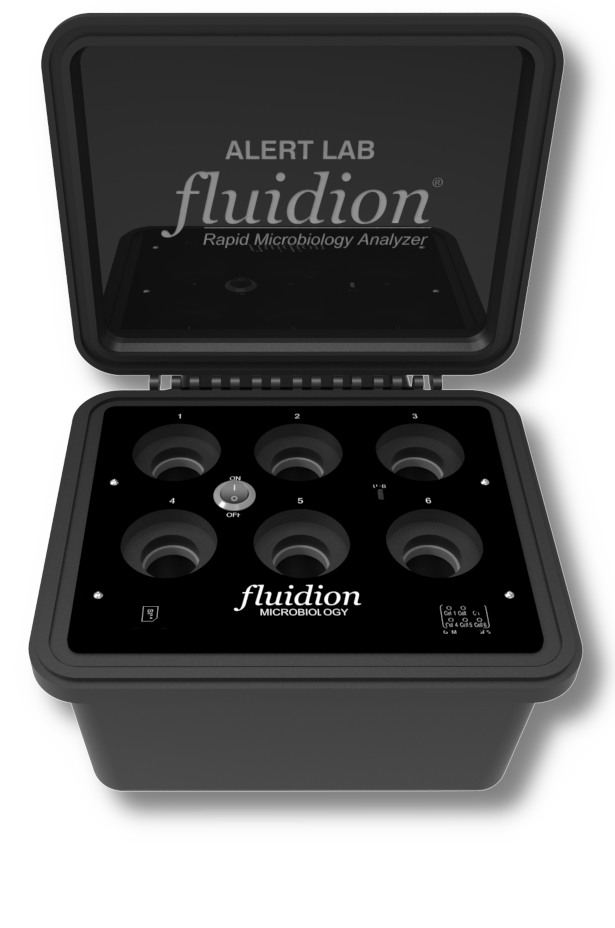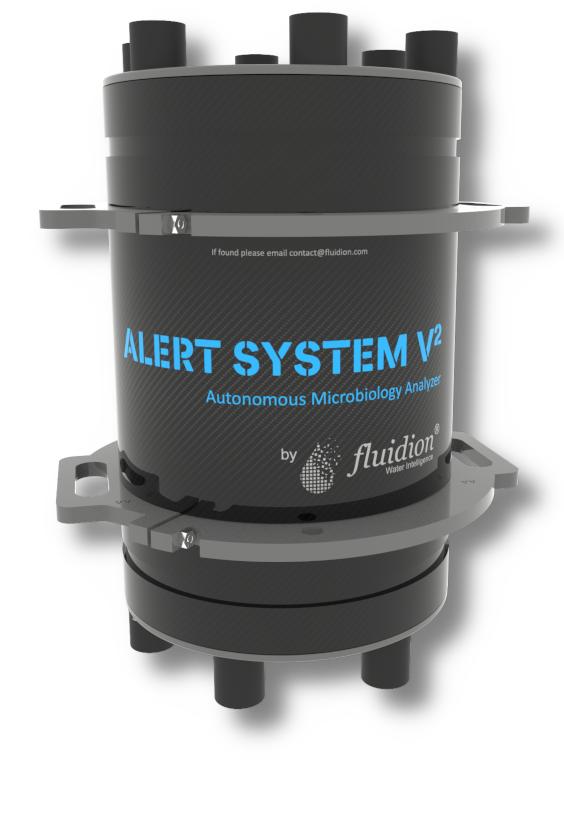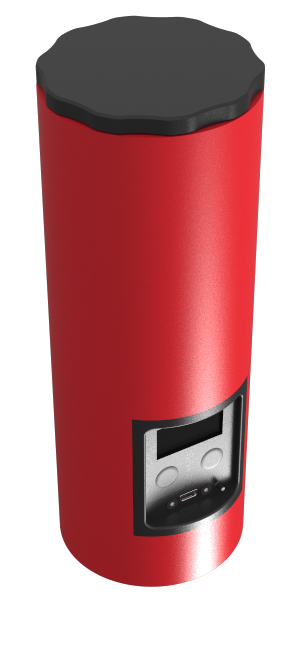
2024 Olympics Monitoring
Fluidion's ALERT technology redefined water quality monitoring at Paris 2024, delivering rapid, transparent, and precise bacterial data to accurately monitor water safety
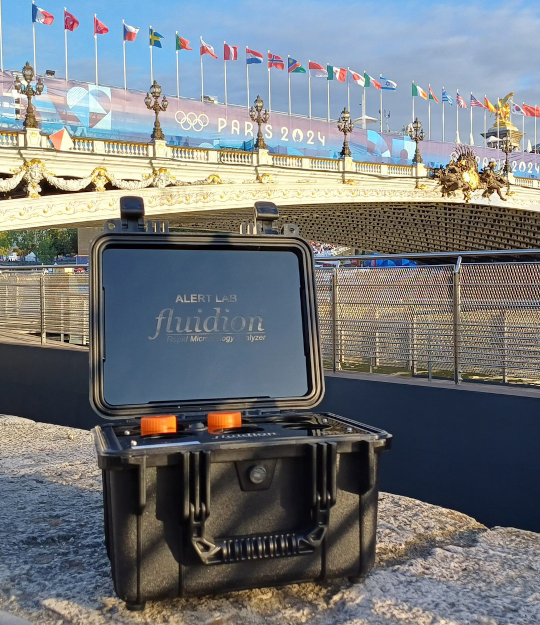
Context
For centuries, the Seine River has been a central part of Paris, yet its water quality has been compromised by urban pollution and frequent wastewater overflows. With the Paris 2024 Olympics planning to include open-water swimming and triathlon events in the Seine, ensuring the river’s cleanliness to protect athletes became an urgent priority.
To tackle these concerns, Parisian authorities launched a series of major infrastructure projects. One highlight was the installation of a $1.5 billion stormwater storage tank beneath the Austerlitz train station—an installation roughly equivalent to the volume of 20 Olympic pools. This facility was designed to capture surplus rainwater, thereby reducing the risk of combined sewage overflows into the river. In parallel, upgrades were made to wastewater treatment plants to bolster disinfection processes and lower contamination risks. In particular, the two primary treatment plants upstream on the Seine and Marne rivers were enhanced: one was equipped with chemical disinfection using performic acid, while the other adopted UV disinfection. Moreover, efforts were intensified to reduce illegal sewage connections to the stormwater system and to ensure that resident boats on both rivers were properly connected to the sewer network, preventing untreated sewage from polluting the water.
Despite these initiatives, uncertainties lingered about their effectiveness under real-world conditions, especially during unpredictable weather. Historical data showed that heavy rainfall often led to combined sewer overflows and high bacterial levels in the river, raising alarms about water quality and the potential health risks for Olympic athletes. Consequently, there was a clear need for comprehensive, rapid microbiological monitoring capable of delivering same-day results to safeguard public health, ensure transparency, and build public trust.
Recognizing this need for unbiased and frequent water safety checks, Fluidion set up an independent surveillance program to monitor the Seine’s water quality before, during, and after the Olympic events. Utilizing cutting-edge automated ALERT water monitoring technology, Fluidion was able to provide accurate, same-day data on bacterial contamination via an Open Data Initiative. This additional layer of oversight aimed to enhance safety for athletes, organizers, and the broader public. The ALERT technology was also instrumental in validating the performic acid disinfection pilot at the Valenton wastewater treatment plant and in assessing the in-situ impact of wastewater from live-in boats on the river.
Objectives
- Ensuring Athlete Safety: Monitor the river’s water quality to prevent exposure to harmful pathogens, thereby reducing the risk of waterborne diseases during the Olympic events.
- Evaluating Infrastructure Effectiveness: Assess the performance of the new combined stormwater and sewage storage facilities along with other water management measures in mitigating contamination from sewage overflows.
- Providing Real-Time Data: Supply high-resolution, real-time bacterial contamination data to help the public understand water quality challenges and equip organizers and city officials with transparent, accurate information.
- Raising Public Awareness: Educate the community about the risks associated with urban river pollution and highlight the importance of continuous monitoring for long-term water quality improvements.
- Ensuring Transparency: Offer accessible and unbiased water quality data to athletes, organizers, the public, and the research community via detailed insights on the Open Data Initiative page.
Challenges
Despite the City of Paris' ambitious plans, several obstacles complicated the effort to maintain high water quality:
- Infrastructure Delays: The Austerlitz storage tank only became fully operational by mid-June, later than initially planned.
- Persistent Stormwater Overflows: Even with the tank’s large capacity, heavy rainfall events led to overflows, reintroducing contaminants into the river.
- Upstream Pollution: Areas outside Paris continued to contribute to contamination, making it difficult to consistently achieve safe water quality at Olympic venues.
- Limitations of Conventional Testing: Traditional laboratory tests were slow—often taking 20 to 24 hours—and tended to underestimate bacterial counts by not fully accounting for bacterial aggregates, which Fluidion’s research identified as a significant factor in assessing athlete health risks.
Solution
To address the fluctuating water quality in the Seine, Fluidion launched a robust, independent monitoring program that ran from early April until the end of September 2024. Using both internal resources and the support of dedicated volunteers and citizen scientists, the program involved daily water sampling at multiple strategic locations along the river, including key Olympic venues as well as upstream locations on both the Seine and the Marne rivers.
Fluidion’s advanced, automated testing technology enabled rapid, on-site analysis. This system was capable of quantifying both free-floating (planktonic count) E. coli and aggregated bacterial clusters (comprehensive count) —a crucial improvement over conventional lab tests that often miss these aggregates. This comprehensive approach offered a more accurate picture of contamination levels, which was especially important given the challenges posed by stormwater overflows and sewage discharges.
Furthermore, event-specific sampling was conducted before, during, and after the Olympic competitions to accurately track fluctuations in water quality. The detailed findings and insights were shared through Fluidion’s Open Data Initiative, reinforcing transparency and providing up-to-date, scientifically validated information for athletes, organizers, and the public alike. Through high-frequency testing using ALERT technology, collaboration with volunteers, and a commitment to open data, Fluidion became a critical source of independent and transparent water quality information during the Paris 2024 Olympics—a role that garnered significant media attention worldwide.
Outcomes
- Enhanced Reporting and Transparency: Fluidion’s real-time results provided supplementary data to official water quality reports (that were delayed by several weeks), boosting overall accuracy and reinforcing transparency.
- Rapid Pollution Detection: Unlike conventional lab methods that require 20–24 hours for results, Fluidion’s ALERT technology delivered accurate microbiological data within hours, enabling prompt action.
- Highlighting Health Risks: The independent monitoring identified episodes when E. coli levels, especially comprehensive counts including bacteria aggregated on highly-dangerous fecal particles, exceeded safe thresholds during Olympic events. The data clearly correlated heavy rainfall with spikes in bacterial contamination, underscoring the necessity of high-frequency monitoring for athlete safety.
- Strengthened Public Engagement: By partnering with citizen scientists and volunteers, Fluidion’s initiative generated the largest fully-independent open dataset ever collected during an aquatic competition, enhancing public engagement and trust.
- Media Attention: Global media outlets—including The New York Times, The Washington Post, Forbes, Bloomberg, Politico, BBC, and various online podcasts—highlighted the initiative, emphasizing the value of open environmental data and community involvement in water safety.
- Policy Impact: Fluidion’s work set a new benchmark for water governance by demonstrating the benefits of independent, rapid monitoring, encouraging regulators and policymakers to adopt more transparent and responsive water quality management practices.
Conclusion
Fluidion’s innovative ALERT technology played a pivotal role in redefining water safety monitoring during the Paris 2024 Olympics. By generating rapid, real-time analyses that accurately captured both free-floating and aggregated bacterial contaminants, Fluidion provided faster and more accurate water quality information compared to what is possible through standard laboratory approaches, thus delivering a major contribution to water science and microbiological risk assessment methodologies. The transparency and accuracy of Fluidion’s 2024 Olympics water quality data not only enhanced public trust but also set a new benchmark in environmental monitoring, influencing policy and governance on a global scale. Ultimately, Fluidion’s contributions underscored the critical importance of independent, high-frequency monitoring in safeguarding public health in urban aquatic environments.
Testimonial
Fluidion Water Intelligence company takes a different approach, measuring the “comprehensive E. coli count,” which includes bacteria aggregated with stool particles and other sewage. Their data and graphics show why looking at the aggregate, comprehensive counts are critical.[...] It does seem, however, that the World Triathlon Federation might want to consider changing its threshold to include comprehensive E. coli levels.
Dr. Judy Stone - Infectious Disease Specialist - Forbes
